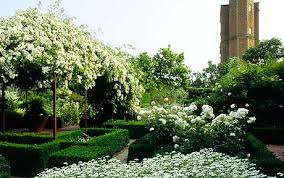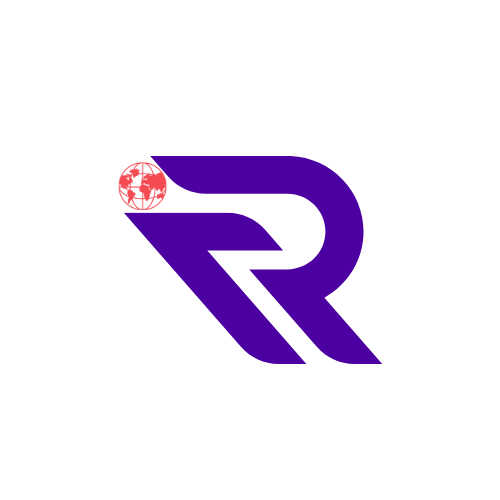
Indian Political Thought
This unit walks through India’s philosophical heritage, spanning from ancient texts like the Dharmashastra and the Arthashastra to reformers such as Kabir and Ramabai, nationalist icons like Tilak and Vivekananda, and pivotal leaders like Gandhi, Ambedkar, Nehru, and Savarkar. Each voice represents a different vision—Gandhi’s focus on nonviolent social change, Ambedkar’s push for constitutional equality, and Savarkar’s cultural nationalism, for example. Studying their ideas side by side enables you to appreciate how India’s political identity formed not just through laws, but ideas rooted in culture, spirituality, and social justice.
Comparative Political Analysis
This unit helps you step beyond India and look at how different political systems are structured and studied. You’ll explore analytical lenses like institutionalism, structural-functionalism, and political economy to compare colonies and democracies, authoritarianism and totalitarianism, constitutions and governance. Topics like decolonization, nationalism, welfare states, and globalization are examined through this comparative frame. Essentially, it teaches you how to ask: Why do some democracies succeed? What makes authoritarian regimes endure? How. do colonial legacies shape modern states? These questions are key to understanding global politics in terms of patterns and contrasts.
International Relations
Here, you’ll travel into global politics, engaging with theories like realism, liberalism, constructivism, and critical theory. You’ll also dive into practical concepts like sovereignty, security (including new areas like cyber threats), conflict, peace, and international institutions like the UN or WTO. Regional bodies—EU, ASEAN, AU, BRICS—and global crises—terrorism, climate change, migration, human rights—also feature prominently. It’s about linking big ideas with real events: how does realism explain great power competition, or how do norms shape responses to climate disasters? This unit is your roadmap to making sense of today’s interconnected world.
India’s Foreign Policy
This section turns the global lens onto India—looking at how its history, identity, and strategic needs shape its external engagement. Starting from postcolonial non-alignment, it traces shifts through nuclear policy, strategic partnerships (USA, Russia, China), regional outreach via SAARC or “Act East”, and global platforms like BRICS. It also tackles modern challenges—cybersecurity, maritime threats, migration, and climate diplomacy. You learn not just timelines, but motivations, adaptations, and trajectories—for instance, why India embraces multipolar cooperation or how it negotiates trade and climate talks.
Political Institutions in India
This unit unpacks how India’s political machinery works—from the making of the Constitution and philosophy behind the Preamble and Fundamental Rights to the architecture of its institutions: President, Parliament, Supreme Court, state governments, and key watchdog bodies like the Election Commission or CAG. It covers how federalism functions (including state dynamics), how laws evolve through amendments, and how institutions balance each other. Case studies like landmark court decisions or the evolution of Panchayati Raj help bring concepts to life.
Public Administration
This unit turns the focus to how government works behind the scenes—covering theories like scientific management, bureaucracy, and newer models like New Public Management. You’ll explore how systems are managed, decisions are made, communication flows, organizations behave, and objectives are pursued efficiently. Think in terms of real machinery: how a department functions, how policy gets implemented, how leadership inspires, how conflict is resolved, how decisions are tracked. It’s a lesson in the art of administration.
Political Processes in India
Here, you’ll track how India’s politics unfolds on the ground. Explore how the state interacts with economic development, how globalization reshapes social norms, and how identity (caste, religion, region) drives politics. You’ll learn about landmark social movements—Dalit, women, tribal, farmers—as well as the role of civil society, emergence of regionalism, party dynamics, and evolving voter behavior. The goal is to recognize patterns—such as how regional parties gain strength or how identity influences voting—and how they shape India’s political narrative.
Governance and Public Policy in India
Finally, this unit brings together policy and accountability frameworks. From ideals like “good governance” and citizen empowerment (RTI, ombudsman), to tools like Panchayati Raj and e-governance, to welfare schemes like MNREGA and Right to Education—the focus is on how policies are designed, implemented, evaluated, and held accountable. Social audits, public hearings, and civil society roles are central to understanding how governance connects with people’s lives.
